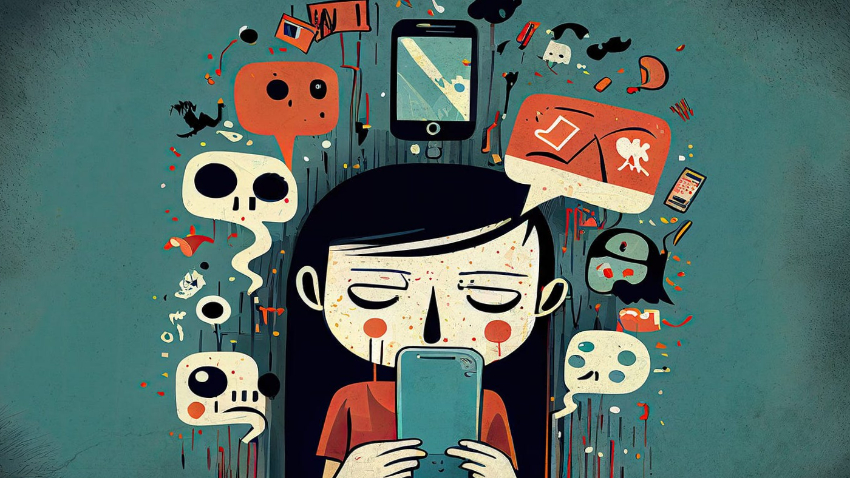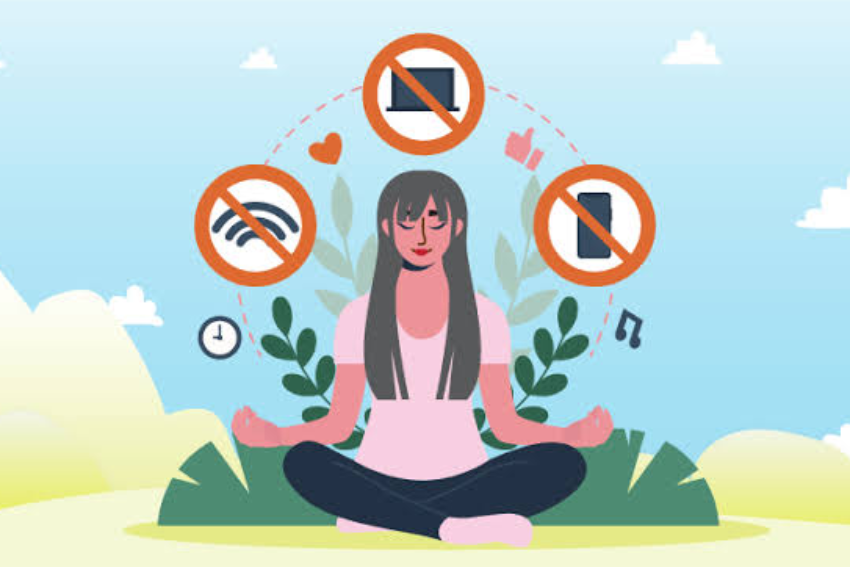
The door of Ch’an is entered by Wu. When we meditate on Wu we ask “What is Wu?” On entering Wu, we experience emptiness; we are not aware of existence, either ours or the world’s.
E-MAIL: admin@relaxmid.com
Nowadays, it’s all about hyper connectedness, and our devices have extended themselves into our body. Technology has their perks, like convenience and access to knowledge, but these conveniences don’t come without a price, and that is mental fatigue, stress and decreased productivity from excessive screen time, and constant notifications. A digital detox just might help here. Going offline to give yourself a chance to reconnect with the world around you helps develop mental clarity, improve focus, and bring your life back into balance. To make the idea of digital detox easier to understand, let’s explore the idea, its benefits and how you could incorporate it into your day.
A digital detox is an intentional disconnection from digital devices, which includes smartphones, tablets, PCs and TVs, for a given period of time. The productive (or the unhindered) life is not about putting all of technology to bed but a healthy equilibrium of reducing screen time and prioritizing offline activities.
Practicing some digital detox gives your brain a chance to recharge from constant connectivity while increasing mental clarity and improved emotional well-being.

Excessive technology use can strain your mental health in several ways:
Embracing a digital detox offers a wealth of mental and emotional benefits:
Create some specific rules for how long you spend on screen. For example:
At first, a full day detox may feel overwhelming. Start small, with say, an hour screen free before working on increasing this time.
Use your detox time to engage in fulfilling offline activities:
Your devices can actually help you disconnect from them. Apps to monitor and limit screen time include Freedom, Off-time and Moment. These tools keep you from the distracting apps and remind you to take breaks.
Bring your screens to an end, and start your day without any screens. In the mornings, use this time for meditation, stretching or goal setting, and then in the evenings wind down with a book or a relaxing activity.
Set aside one day of the week that’s tech free, like Sunday. Tell colleagues and friends to set expectations and have the day fully free.

There are many fears to have; one being to feel like you are missing important updates or messages. Also know that if a genuine urgent matter needs to be met, it will come to you and the world won’t stop in detox.
If you resort to your phone for entertainment, you will feel restless at first. Find ways to occupy yourself and keep your productivity going while you are offline.
You may be expected to respond instantly. Tell them precisely what your detox intentions are and let them know that you will get back to them later.
A digital detox is actually not about never going online, but instead about finding a sustainable middle ground between online and offline life. Here’s how to maintain this balance long-term:
There are countless people who’ve changed their lives through digital detoxing. For instance:
Each of these examples shows the real value in learning how to manage your digital habits.
In our screen obsessed world, not spending time and attention on the digital (in a digital detox) is a path to mental clarity, emotional balance and genuinely connecting with the real. By creating boundaries, practicing offline activities, and being technologically mindful you can regain your focus and your well-being. Begin small, stay consistent, and you’ll see how the benefits of a digital detox work their way into each and every facet of your life.
